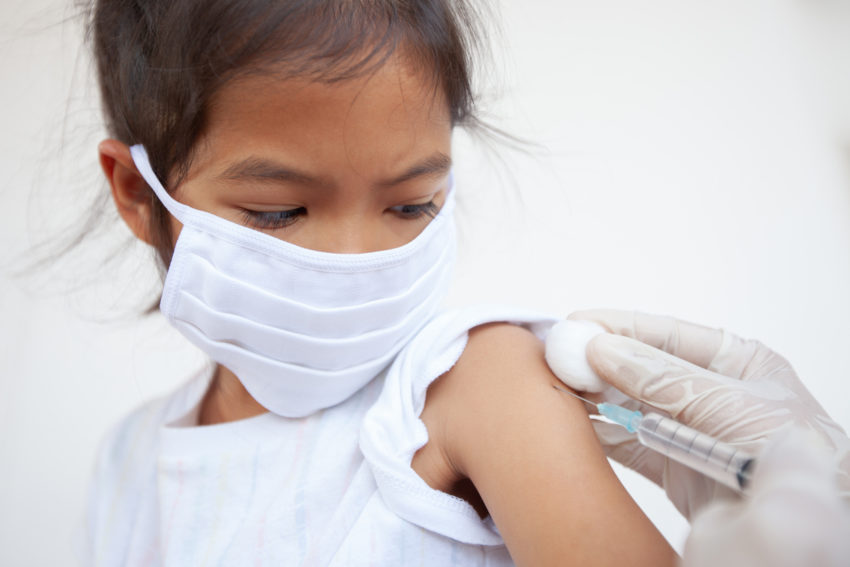
Share On Social!
Many people are longing for an end to the turbulent COVID-19 pandemic.
Thankfully, healthcare and government leaders are focusing their efforts and funding to develop a vaccine to halt transmission of the virus that has killed over 140,000 people in the U.S.
A COVID-19 vaccine is a worthy goal, but leaders also must address one sad fact before any treatment is made available — the widespread disparity found among the racial makeup of those who are immunized and those who are not.
“It’s racial inequality — inequality in housing, inequality in employment, inequality in access to health care — that produced the underlying diseases,” Dr. Dayna Bowen Matthew, dean of the George Washington University Law School—who has spent her career focusing on racial disparities in medical treatment—told the New York Times. “That’s wrong. And it’s that inequality that requires us to prioritize by race and ethnicity.”
Update 8/31/20: The National Academies of Sciences, Engineering, and Medicine will invite public comment on the Discussion Draft of the Preliminary Framework for Equitable Allocation of COVID-19 Vaccine, part of a study commissioned by the National Institutes of Health and the Centers for Disease Control and Prevention. Input from the public will shape the final report. The public comment period is open through 11:59 p.m. ET Friday, Sept. 4, 2020.
Vaccination Disparities in America
Like many U.S. health issues, the rate at which people receive life-saving immunizations is higher among some groups—white Americans—than others—people of color.
This is not only among each population at-large but across age groups, according to the CDC’s National Health Interview Survey (NHIS).
Compared to non-Latino whites, Latinos:
- Ages 19 and older were 13% less likely to receive an influenza shot during the last 12 months.
- Ages 65 and older were 18% less likely to have received a pneumonia shot in their lifetime.
- Ages 19 and older were 16% less likely to receive the vaccine needed to protect against tetanus, diphtheria, and pertussis (Tdap)
- Ages 60 and older were 19% less likely to get the vaccine against shingles (herpes zoster)
Moreover, the gender gap is no better. Latina women between 19 and 26 years old were also 19% less likely to receive an HPV vaccine.
Even worse, minority groups, including Latinos and Black Americans, are suffering the worst rates of COVID-19 infection, death tolls, and many other impacts of the pandemic.
These facts are the reason behind some racial justice and healthcare advocates’ call to ensure communities of color are given priority in vaccination access.
“The federal government must anticipate and address the issues that will emerge as treatment and vaccines develop,” Leana S. Wen—an emergency physician and visiting professor of health policy and management at the George Washington University’s Milken School of Public Health—and Nakisa B. Sadeghi—a medical student at the University of North Carolina at Chapel Hill—writes for Health Affairs. “Lack of thoughtful planning will inevitably lead to a situation where those who are well-connected and well-resourced can obtain scarce resources, leaving many others to go without them.
“Residents of minority communities should be encouraged to take active part in discussions about vaccine distribution so that they can advocate on behalf of their communities.”
The World Health Organization’s COVID-19 Vaccines Working Group is working to ensure a vaccine will reach everyone in the world who needs it.
“There are going to be many complicated issues for us to understand and address,” said Ruth Faden, a member of the working group and a bioethicist at Johns Hopkins, in an interview. “Hopefully, this committee, along with other groups, will contribute to solutions for this massive geopolitical challenge: Ensuring that all people, regardless of where in the world they live, will have the benefit of a COVID-19 vaccine.”
The COVID-19 Vaccine and its Distribution
Researchers have made progress in developing a COVID-19 vaccine.
“Early results from the first COVID-19 vaccine candidate tested in people showed that it triggered an immune response against the virus with no serious side effects,” according to a National Institutes of Health news release on July 21, 2020. “Researchers continue to test the vaccine for safety and effectiveness in larger groups of volunteers.”
The Trump administration even announced a $2 billion deal with American pharmaceutical company Pfizer Inc and the German biotech group BioNTech SE in hopes of developing a treatment.
Even Chinese government officials have made a promise to have a COVID-19 vaccination by the end of this year, according to the Wall Street Journal.
Still, even as various immunizations are in the works, some are hesitant about the treatment, according to retired fourth-grade teacher from Fairbanks, Alaska, Joanne Barnes. 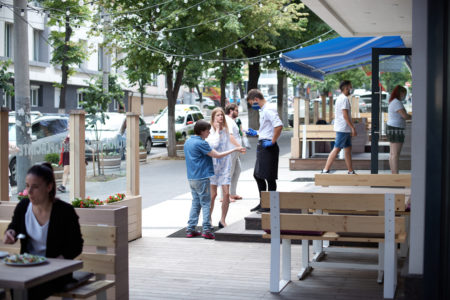
“The bottom line is I have absolutely no faith in the F.D.A. and in the Trump administration,” Barnes, who made it clear that she has historically received shingles, flu, and pneumonia immunizations, told the New York Times. “I just feel like there’s a rush to get a vaccine out, so I’m very hesitant.”
Despite some people’s hesitation, healthcare officials are not rushing to develop a treatment because of their shared fears of potential harms, according to USA Today’s recently published “Countdown to a Vaccine Against COVID-19.”
“Midnight is the starting point of the pandemic in the USA, and noon is the time a vaccine will be widely available to Americans, so this race is far from over,” Elizabeth Weise and Karen Weintraub, reporters with USA Today, write. “For July, the hands sit at 5 a.m., our panel of experts estimates.”
While positive movement is happening, additional caution is needed.
“These first steps simply mean that we haven’t fallen at the first hurdle,” Dr. Kelly Moore, associate director of immunization education with the Immunization Action Coalition, told USA Today. “That doesn’t change the number of hurdles ahead.”
What to Do, Now and Later
First and foremost, do everything possible to stop the spread of the coronavirus.
These include:
- Wear a face covering
- Wash your hands frequently
- Be socially distant
- Quarantine if exposed and/or positive
Next, understand that vaccines are safe. Vaccines, currently available for 26 diseases, are paramount for helping communities maintain a culture of health. 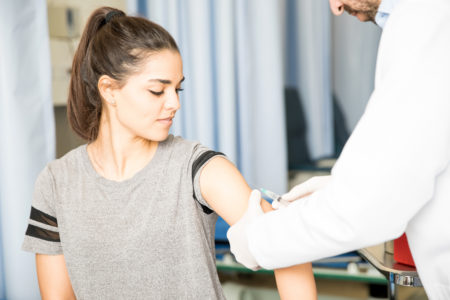
Those who are closely following the COVID-19 vaccine development should consult reliable news sources, according to Victor J. Dzau, the president of the National Academy of Medicine.
“While there has been a worldwide effort to accelerate development of safe and effective SARS-CoV-2 vaccines, there will inevitably be limited doses available for the first several months,” Dzau said in a statement. “We are pleased to be able to mobilize expertise quickly to respond to the government’s request for an independent study of priority-setting for the equitable allocation of potential vaccines for SARS-CoV-2.
“We look forward to providing a framework to advise policymakers and health authorities as they plan for these allocation decisions, as well as to help inform the American public’s understanding of this critical issue.”
Stay up to date with health equity efforts in the aftermath of COVID-19!
Explore More:
Health EquityBy The Numbers
1
out of 10
Pedestrians survive when hit by a car at 40 MPH

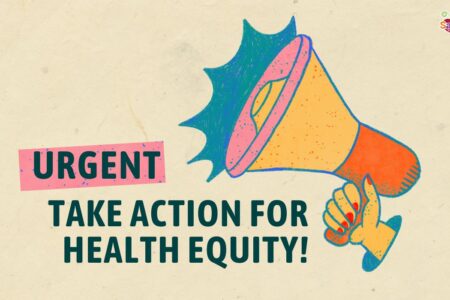
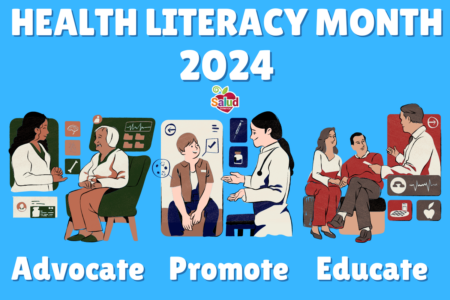
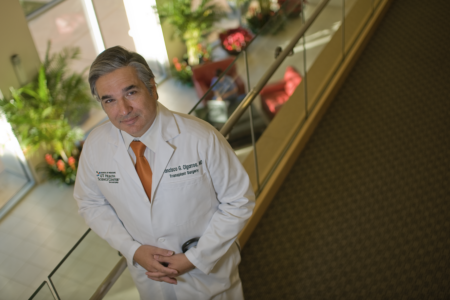
… [Trackback]
[…] Read More: salud-america.org/dr-francisco-g-cigarroa-the-first-latino-chancellor-of-the-university-of-texas-system/ […]